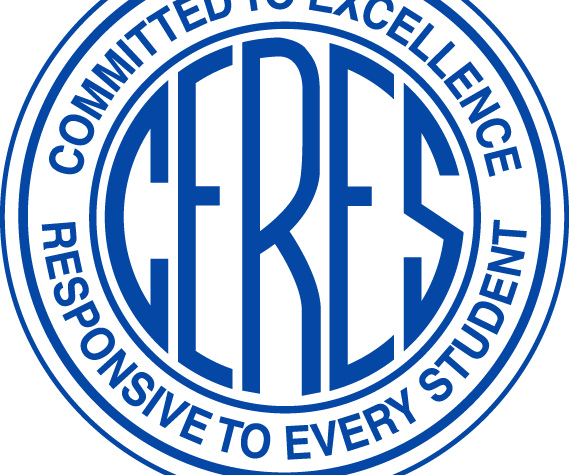The California Department of Education released its Standardized Testing and Reporting (STAR) assessment results for 2013 on Aug. 8.
Ceres Unified School District's scores mirror that of the state.
State Superintendent of Public Instruction Tom Torlakson attributed the drop by a fraction of a percentage point to ongoing budget reductions and transition to the Common Core State Standards.
"It's not vastly different from last year," CUSD Supt. Scott Siegel said. "Overall, there was a slight drift downwards. It's going to take a lot more effort to push our scores forward. But the whole system is going to change."
Five performance levels are used for reporting the results for all assessments in the STAR Program: advanced, proficient, basic, below basic and far below basic. The state target is for all students to score at the proficient level or above (advanced). The percentage of students scoring at each performance level is reported by grade level and subject for all student s and for student subgroups.
The 2013 STAR program consists of four components that assess California's former state content standards for English-language arts and mathematics adopted in 1997 and state content standards for science and history-social science adopted in 1998.
About 4.7 million students throughout the state participated in the Star program this year.
Approximately 51.2 percent of students scored proficient and above in math, 0.3 percent lower than last year.
Around 56.4 percent of students scored proficient or above in English-language arts, down 0.8 percent compared to 1012.
"As you would expect for a school system in transition, results varied from grade to grade, subject to subject, and school to school, but the big picture is one of remarkable resilience despite the challenges," Torlakson said. "While we all want to see California's progress continue, these results show that in the midst of change and uncertainty, teachers and schools kept their focus on students and learning. That's a testament to the depth of their commitment to their students and the future of our state."
Approximately 52.3 percent of Ceres Unified's second through 11th graders tested proficient or advanced in the CST English-language arts category this year.
Around 61 percent of second through seventh graders scored proficient or advanced in CST Mathematics.
About 53.4 percent of fifth, eighth and 10th graders scored proficient or advanced in CST Science.
In History, 48.15 percent of eighth and 11th graders scored proficient or advanced.
"We're moving kids out of the below basic and far below basic levels but we're not moving kids into the higher levels," Siegel said. "There's still work to be done."
"There weren't any huge surprises as far as what the data showed," said Debi Bukko, assistant superintendent of Education Services for CUSD. "I know our teachers give 100 percent to each and every one of our students every day. The real emphasis for Ceres Unified is the Common Core State Standards. That's what we've been working on the last two years as we go through this transition."
Torlakson noted that with large-scale field testing of new computer-based assessments aligned to the Common Core State Standards proposed for the coming school year, this year's results likely mark the last use of the STAR program statewide.
"As valuable as STAR has been, we're getting ready to raise the bar in California's schools," Torlakson said. "This coming year, many students will have their first chance to try tests that measure their preparation for college and the world of work. That's a huge challenge for every part of our education system-but one we have to tackle to give every student the opportunity to prepare for a bright future."
Added Siegel: "We're excited about the switch. We think it's a better set of standards. They cover less material at a deeper level."





